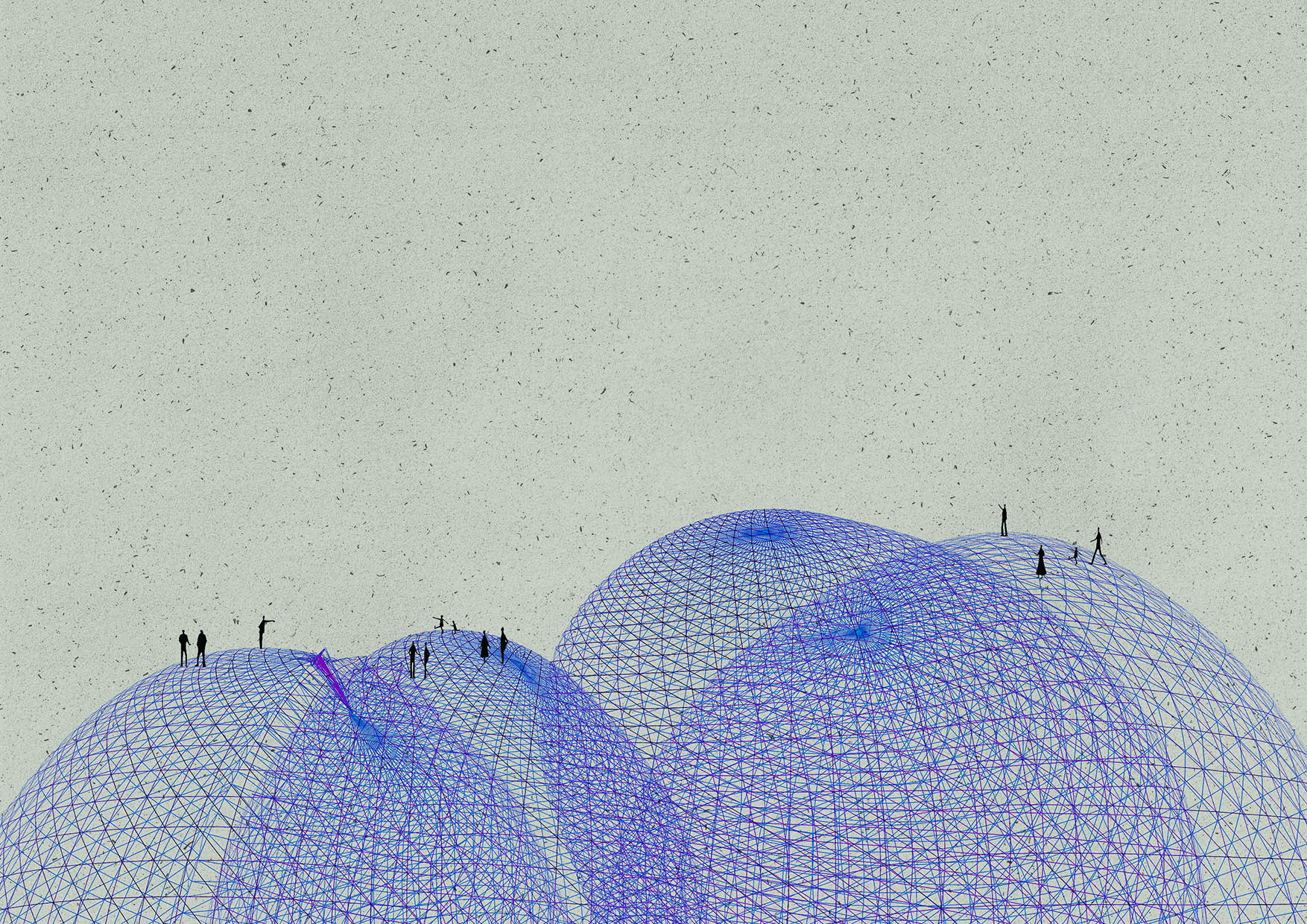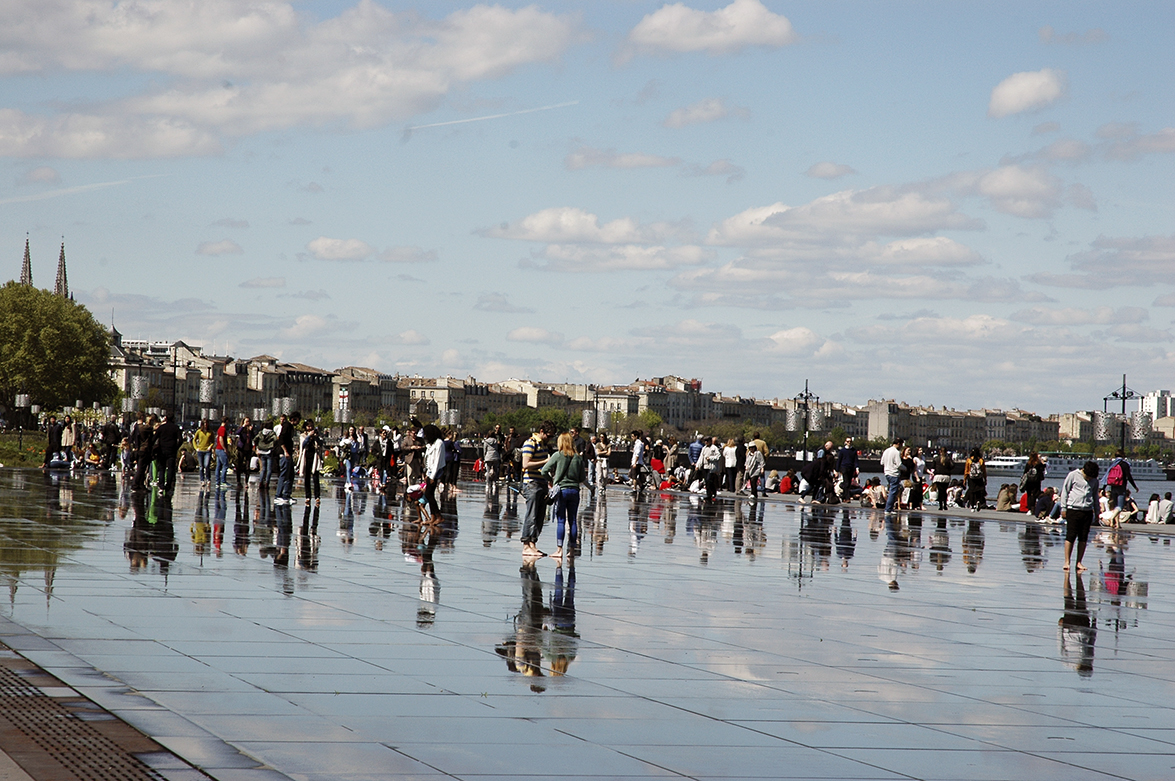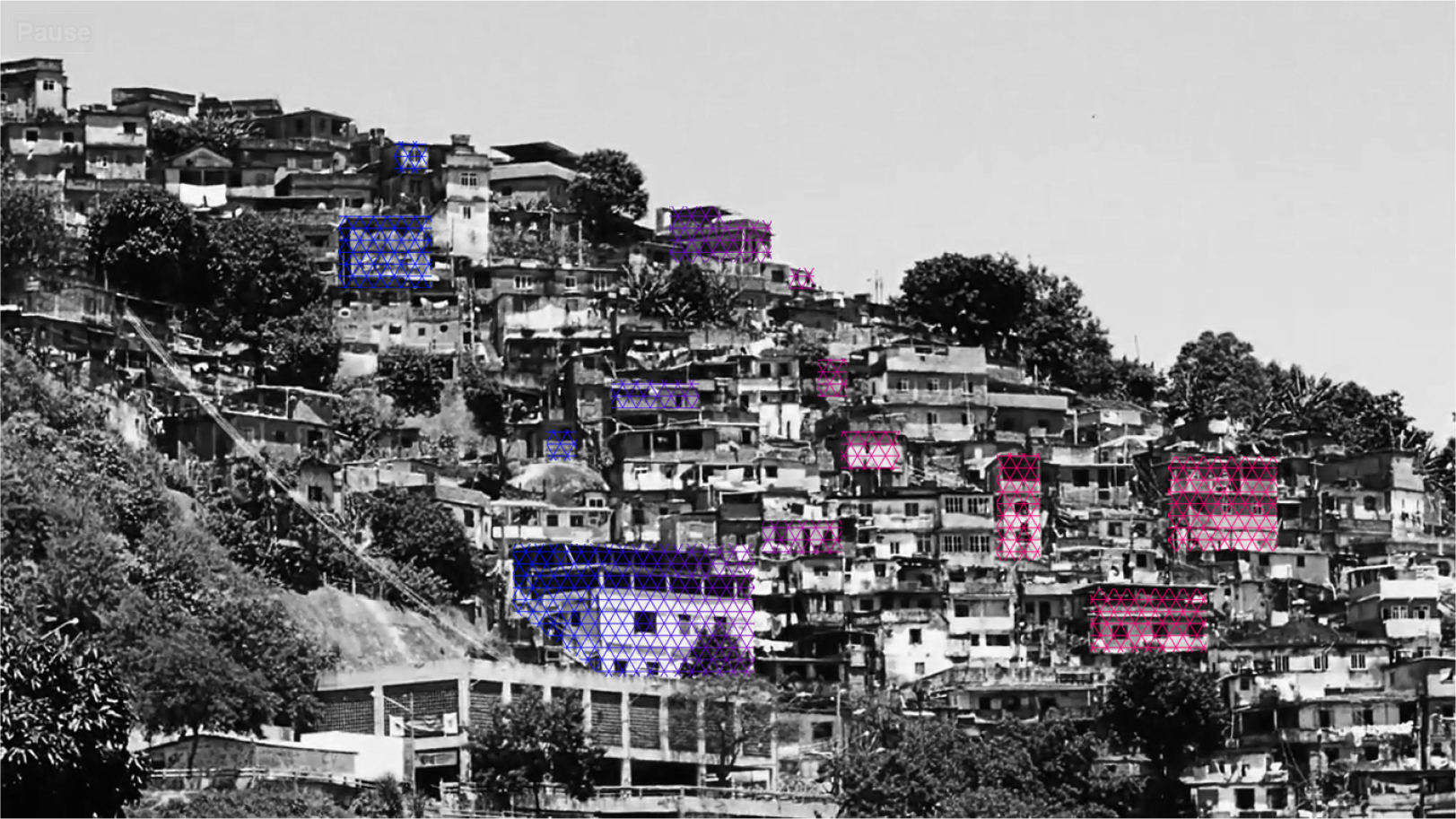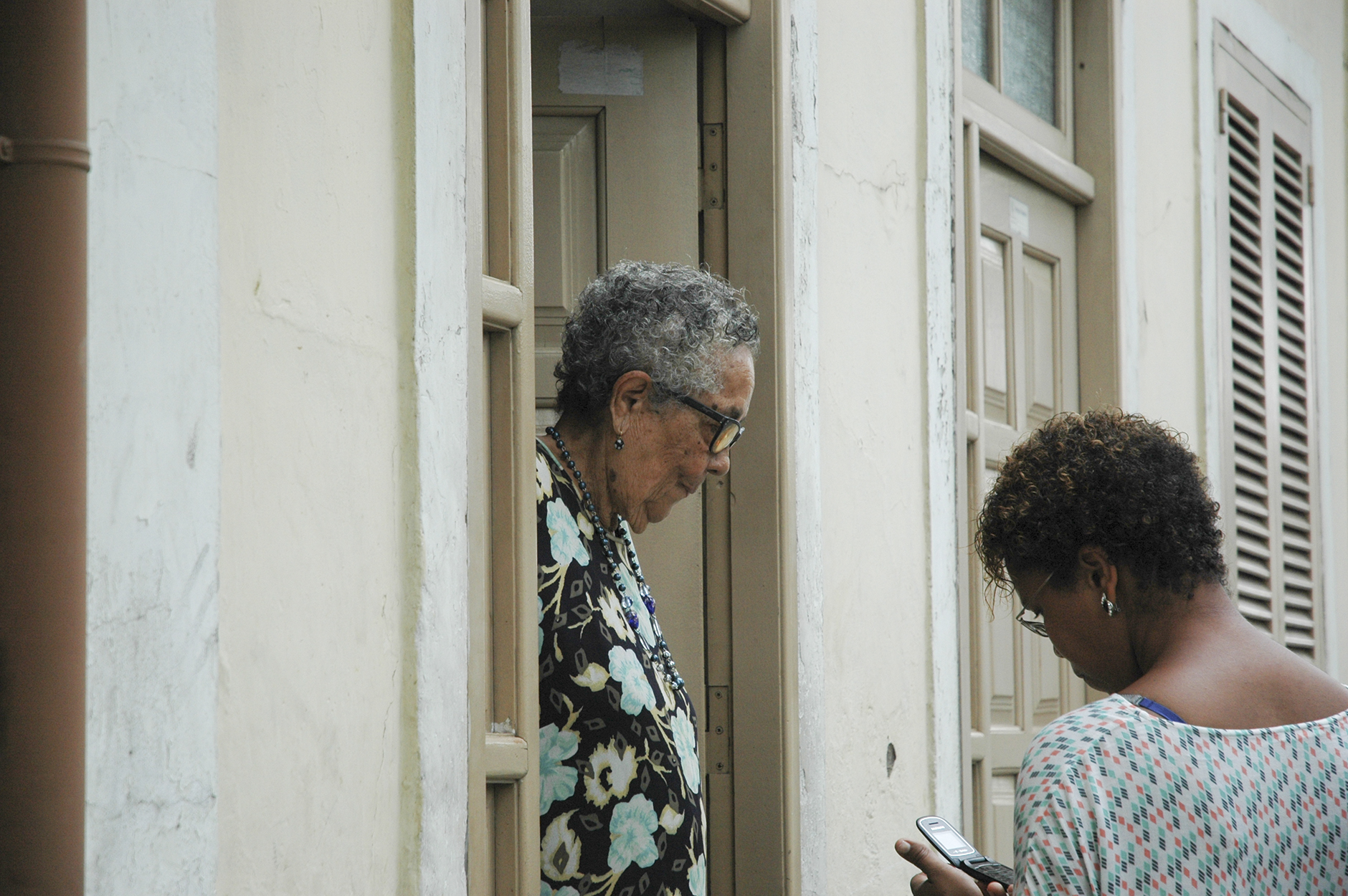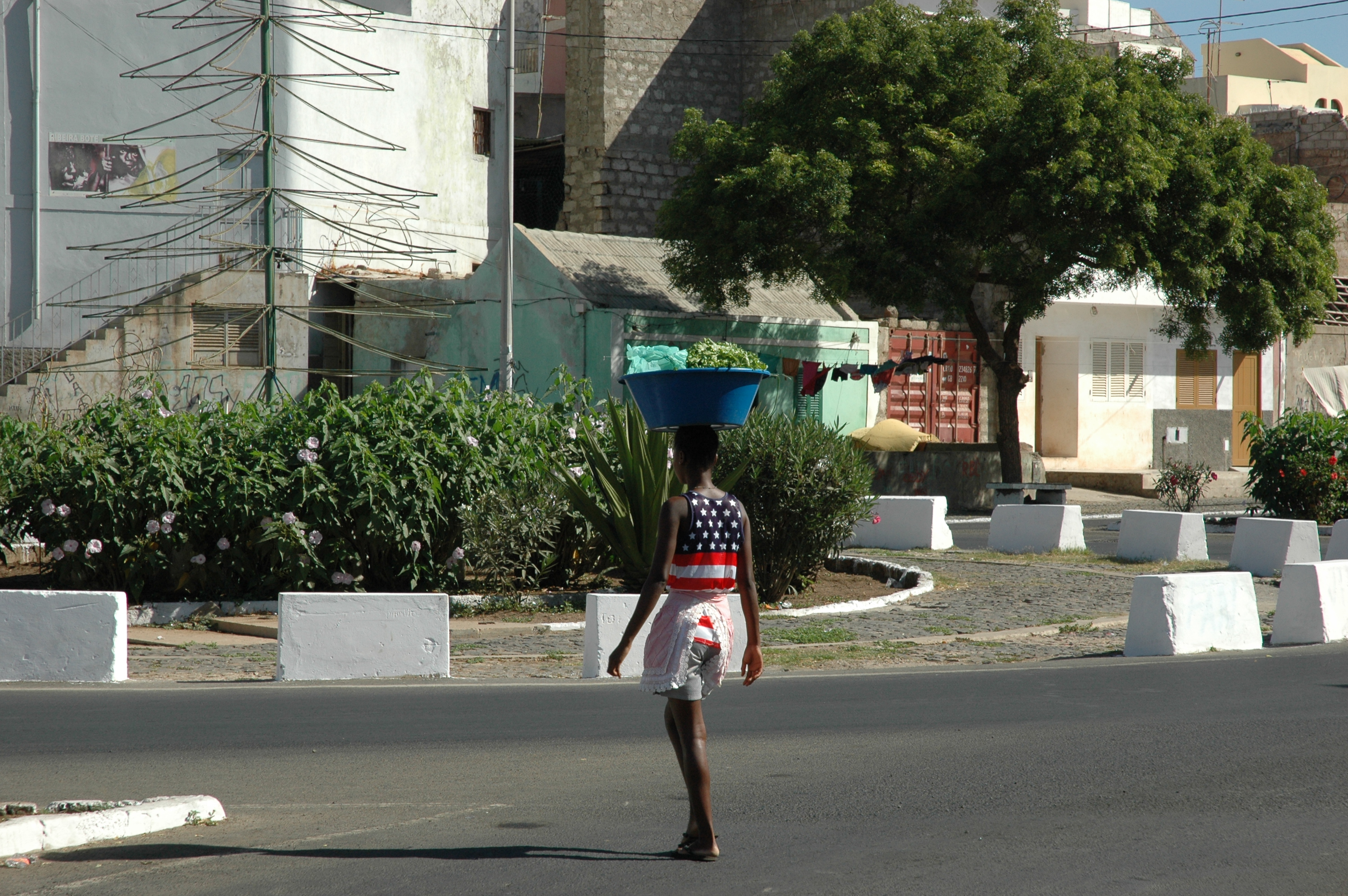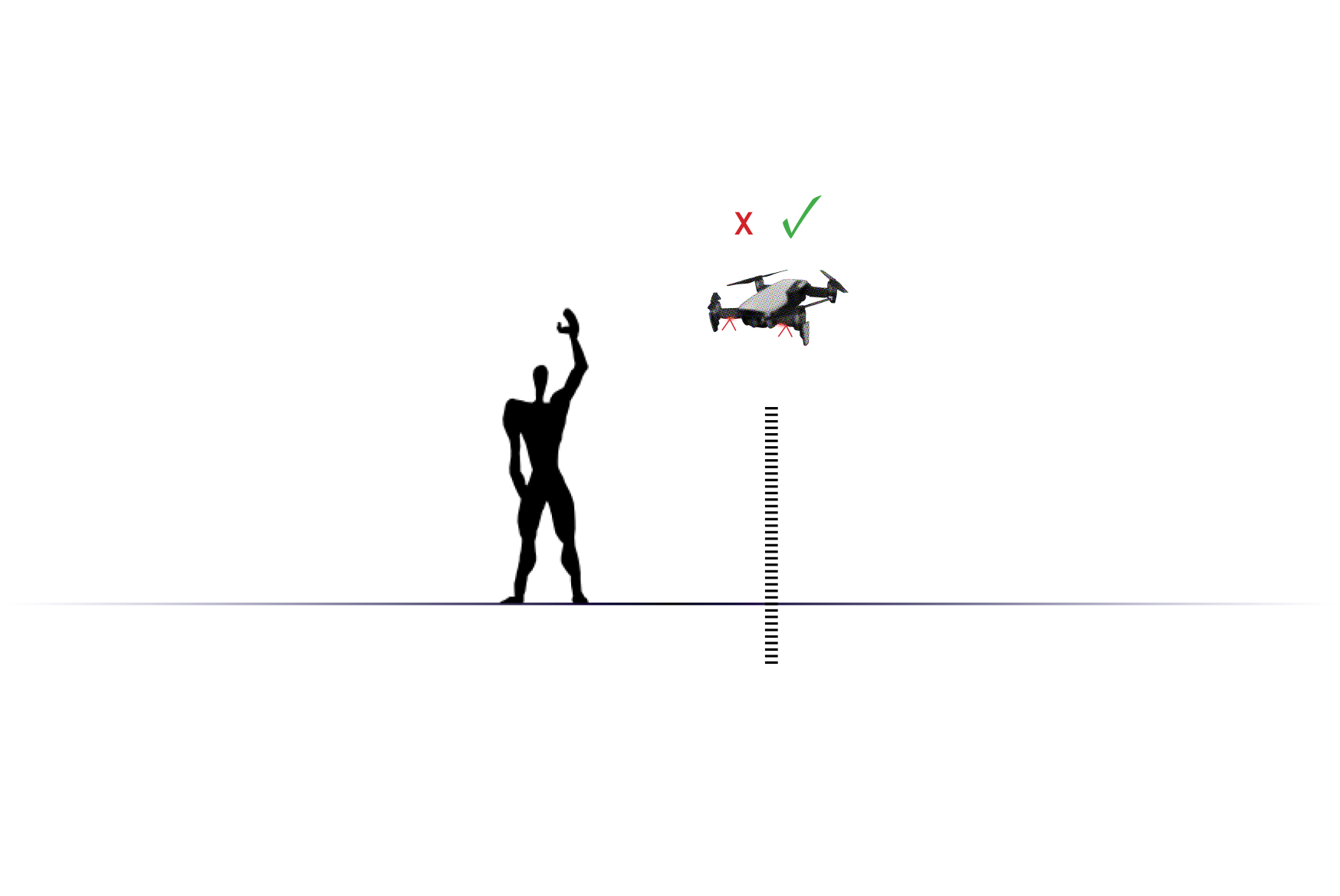The aim of this research is to investigate the evolution of communities through their traditional characteristics, which are space and networks. The investigation is partly empirical and partly conceptual.
The research starts with an historical timeline of the social changes that shaped the life of Communities. This sociological approach is based on the work of Zygmunt Bauman. Then, the distinctive characteristics of communities in their original state are investigated, through the work of Bernard Rudofsky and the team of Aldo Van Eyck. Their approach is based on matters of space and locus. Then, there is an analysis of how the primitive characteristics of communities could be re-invented and re-used by the society nowadays.
However, this research aims to investigate the notion of communities today. Our era is a critical point since the digital revolution is changing the setting of reality, thus weakening technological scenarios that can be designed through top down procedures for a community.
This is why the subject of Networks is a recurring theme in the next chapters. It is an element intensively present in the modern times because of the constant involvement of technology in our everyday life. Networks are closely related to the re-invention of the Identity of communities. The new technological breakthroughs affect the reality of communities and in a positive scenario they can create multiple cultural realities that expand in the digital sphere. There, the identity of the communities is not shaped only from social and spatial matters but from our digital footprint as well.
Another basic axis of this research is the matter of Locus and how space is related with the economy. Changes in employment contribute to the reinvention of communities. People are able to form a spatial basis by choice rather than necessity, accessing thus a local social life that does not require extended commuting. These spatial ties revitalize the local market and therefore the entire community. The community is blooming again in its territory. However, the re-invention of communities does not stop in the spatial boundaries of the communities themselves. This is why there is an overview of a chain of spatial matters such as life in the Metropolis, the influence of SEZ in the communities and the modern urban planning process.
As we are experiencing some major social and technological transitions, the answers to the new questions arising, should be invented and not defined through the existing theoretical background. Concepts that have already been formed are altered from their foundation. This is why the last chapter focuses on contemporary actions and situations that can serve as theoretical models for a deeper understanding of the lives and needs of communities today.
The relationship between Networks and Locus, that is the Digital and the Physical, is investigated through the impact of contemporary digital tools that were used in communities.
Finally, there is a comparison between two Locus-based communities, Hydra in Greece and Mindelo in Cape Verde. The concepts analyzed throughout the thesis are used to investigate the relationship between the space and the networks through the case study of these two communities. Hydra and Mindelo are the main settlements of two islands of different scales, that they have reached their maximum extent, due to topography. Both are characterized by the lack of vegetation and the inability to develop rural activity. Employment is driven by tourism and services. Both communities are characterized by the strong presence of history and tradition. In Hydra, through the rigid, unchanged built environment and in Mindelo due to everyday life that is driven by cultural features. However, the differences between the two communities are of greater importance. The spatial differences serve as a starting point, however, local life is affected by the different approach of locals to communication and digital networking, and these differences end up reflecting on spatial conditions.
Publication Link:https://issuu.com/kalogeromitrou/docs/issuu_dialeksi

